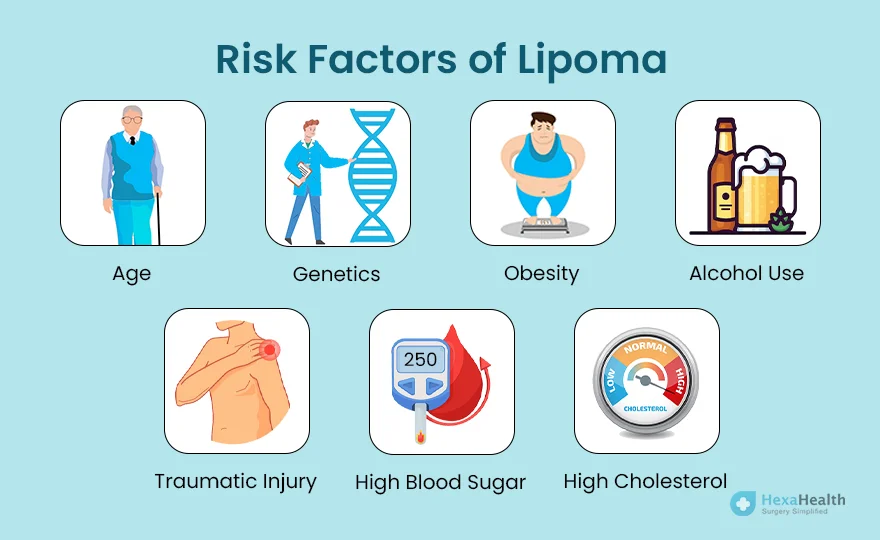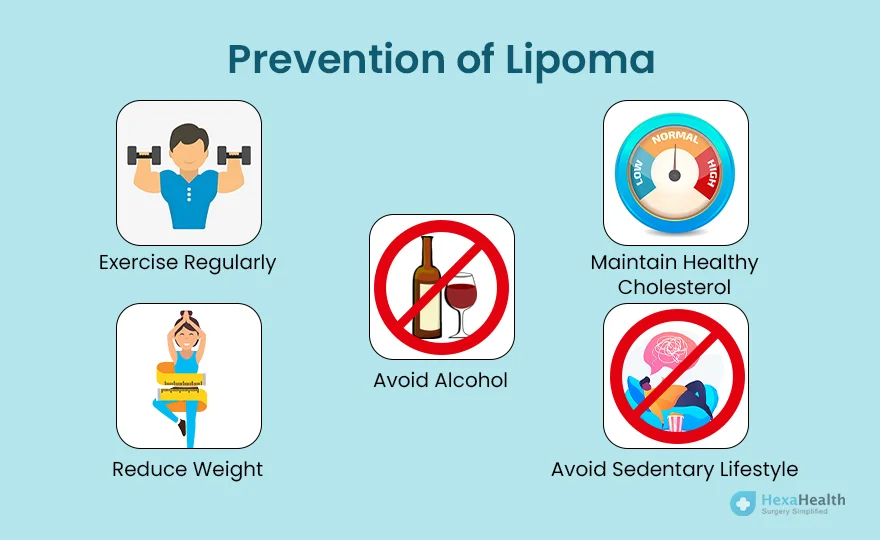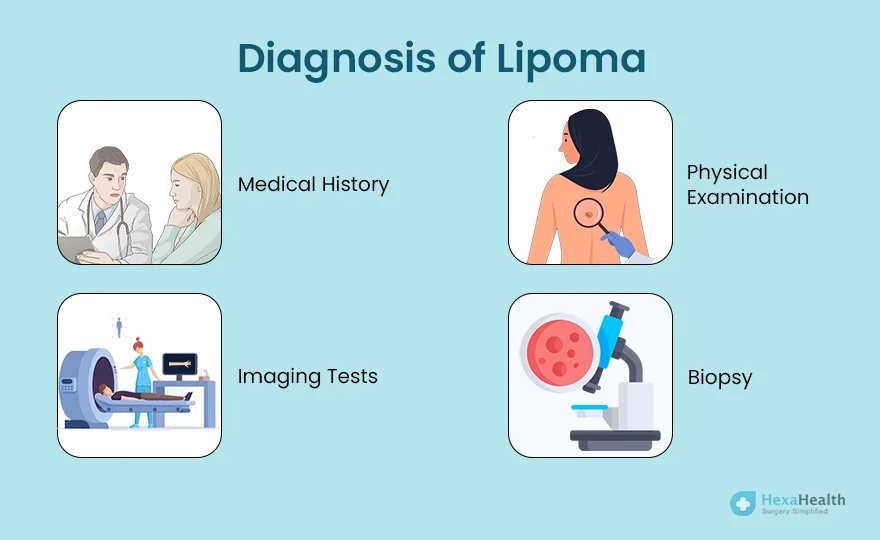Most lumps under skin do not need treatment unless they cause discomfort or other complications. The following treatment methods may be advised by your doctor.
Lipoma Treatment without Surgery
While surgical lipoma removal is often effective, non-surgical treatment options are also available. Particularly for patients who prefer to avoid surgery or have a smaller tumour. Such modalities aim to reduce the size and discomfort of lipoma.

Lipoma Treatment in Ayurveda
- Triphala Kala Basti: This contains a combination of Indian gooseberry, black myrobalan and belleric myrobalan. Studies suggest that this compound is capable of reducing fat and cholesterol levels in your body.You can visit our blog to read more about treatment of lipoma in Ayurveda.
- Chickweed: Chickweed is used to reduce fat. Mix 1 teaspoon of chickweed in 2-3 tablespoons of neem oil or linseed oil. Apply the paste on the lipoma.
Medicinal Treatment
- Steroid Injections: The doctor will give a steroid injection directly at the site of the lipoma. This can shrink the lipoma but cannot cure or remove it.
Homoeopathy Treatment for Lipoma
- Calcarea Carb: It is a recommended treatment for lipoma, especially in overweight patients. It is prescribed based on head sweating, cold sensitivity, and gastric health, ensuring the patient's symptomatic suitability.
- Sulphur: Typically, it is effective for patients with excessive sweating and heat sensitivity. As per lipoma treatment in homoeopathy, the medicine is also suitable for people who dislike baths.
- Belladonna: A painless drug in homoeopathy that relieves pain and dissolves lipomas. Highly recommended in cases where the lumps can be painful to touch.
- Thuja: Widely used homoeopathic medicine that effectively dissolves all types of lipomas. It has been found more suitable for people with high cholesterol levels.
Related Read: Best Homeopathic Medicine for Lipoma
Home Remedies for Lipoma
- Regular aerobic activities, such as walking, jogging, swimming, or cycling, can help burn off excess fatty tissue and increase blood flow.
- Abdominal exercises like crunches or planks can shrink problematic nodules over time.
- Strength training targets muscle groups in the lipoma area, reducing pain and inflammation.
- Yoga can improve flexibility, reduce inflammation, and boost circulation. It can also help reduce the size of lipomas.
- Ustrasana
- Paschimottanasana
- Vrikshasana
- Bhujangasana
- Salabhasana

Also Read: Lipoma Cure by Exercise
Lipoma Treatment with Surgery
When a lipoma is causing complications and discomfort, surgery may be recommended by your doctor. It is important to note that your doctor will diagnose and devise a suitable treatment plan for you. It is best not to undergo any treatments without a doctor’s investigation and consultation.
Following are the surgical procedures done to treat lipoma.
- Lipoma Removal Surgery: Most lipomas are removed through lipoma removal surgery by cutting them under the influence of local anaesthesia.
- Liposuction: A cosmetic surgical procedure, liposuction is used to remove the fatty tissue from the lipoma growth.

Lipoma Surgery Cost
The lipoma removal cost can vary depending on several factors, including the type of procedure, the hospital or clinic where the procedure is performed, and the location.
The following table shows the cost of different types of lipoma surgery:

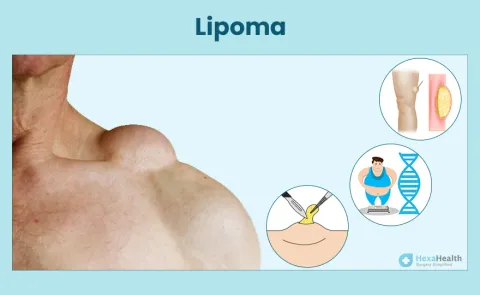
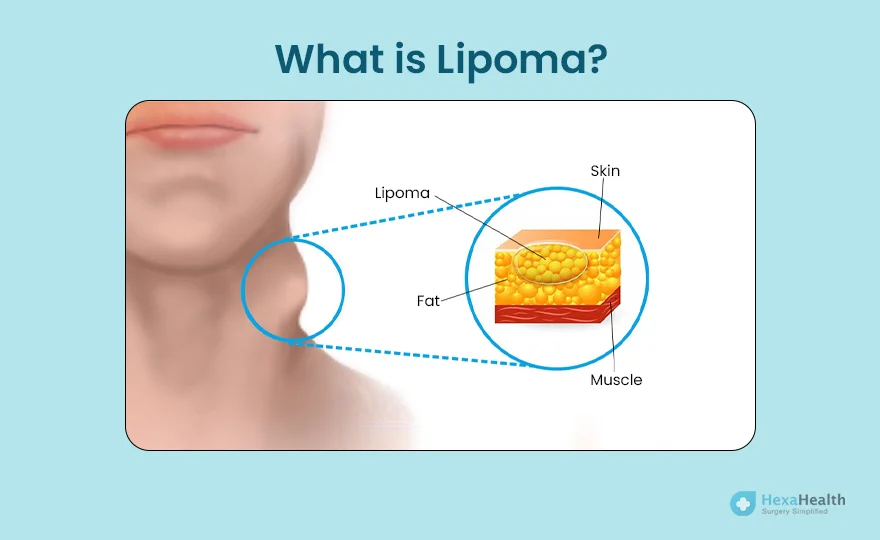
























 Lipoma Risk Factors
Lipoma Risk Factors